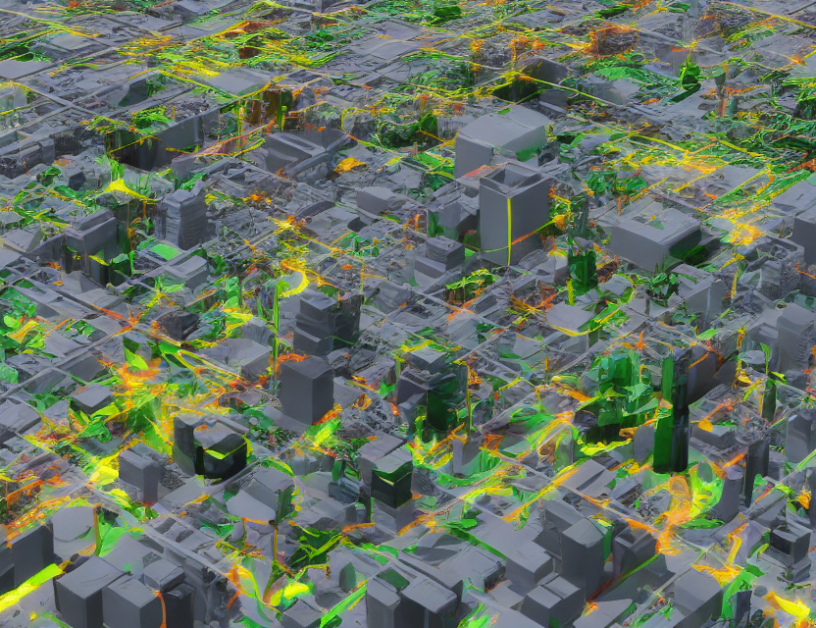Global weather forecasting has always been a complex and challenging task, but recent advances in machine learning have made it possible to predict weather patterns more accurately than ever before. In this article, we’ll explore how graph neural networks (GNNs) can be used to forecast global weather with remarkable accuracy.
GNNs are a type of neural network that can learn from graph-structured data, which is exactly what we need for weather forecasting: the atmosphere is a complex network of variables and processes that interact with each other in complex ways. By using GNNs, we can capture these interactions and make more accurate predictions about future weather patterns.
To understand how GNNs work, imagine you’re trying to predict the outcome of a game of chess. Each piece on the board has its own set of possible moves, and these moves are connected in complex ways. By analyzing the relationships between pieces, GNNs can learn to make better predictions about which moves will lead to victory.
In weather forecasting, GNNs are used to analyze the complex interactions between different atmospheric variables, such as temperature, humidity, and wind speed. By learning from these patterns, GNNs can make more accurate predictions about future weather conditions.
One of the key advantages of GNNs is their ability to handle large datasets. Traditional machine learning methods struggle with large datasets, but GNNs are designed to handle complex graph-structured data. This makes them ideal for applications like weather forecasting, where we need to analyze vast amounts of data from all over the world.
Another benefit of GNNs is their ability to capture long-term patterns in the data. Traditional machine learning methods are limited to making predictions based on short-term trends, but GNNs can capture longer-term patterns that are important for accurate weather forecasting.
In summary, GNNs are a powerful tool for global weather forecasting. By analyzing complex graph-structured data, they can make more accurate predictions about future weather conditions than traditional machine learning methods. With their ability to handle large datasets and capture long-term patterns, GNNs are set to revolutionize the field of weather forecasting in the years to come.
Faster and More Accurate Climate Modeling with Machine Learning



